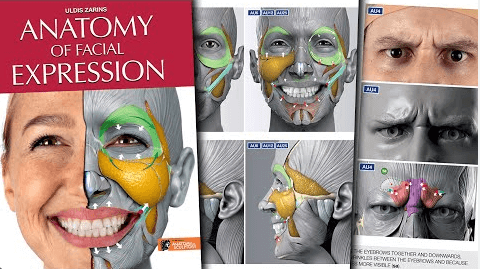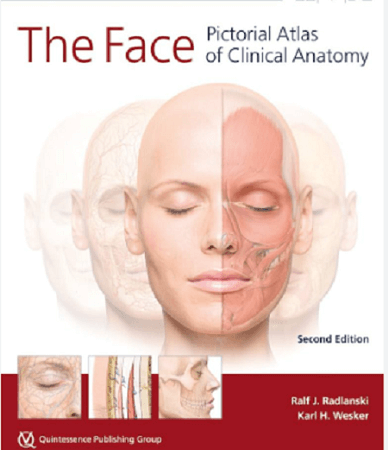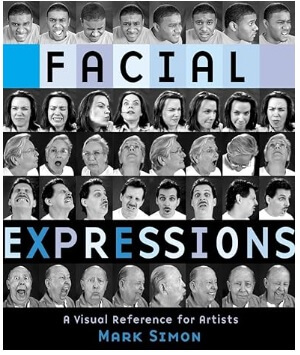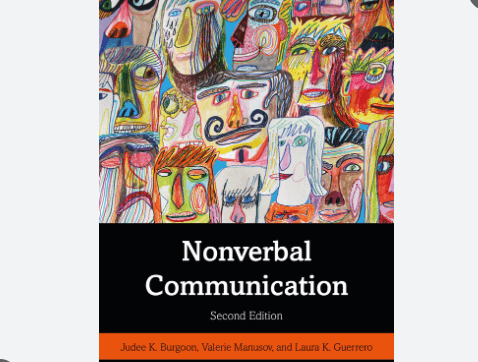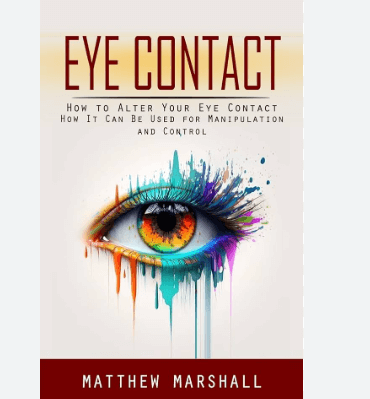DECLARATIVE AND INTERROGATIVE SENTENCES

- File photo | Credit Scroll.in
Examples of Declarative and Interrogative Sentences
A sentenceOpens in new window can be classified according to its purpose.
A DECLARATIVE SENTENCE is a sentence that makes a statement. As its name implies, it provides information by declaring something. All statements in English end with a period.
For example:
- The Statue of Liberty is located in New York.
An INTERROGATIVE SENTENCE is a sentence that asks a question. All questions in English end with a question mark.
For example:
- Where is the Statue of Liberty located?
In English, INTERROGATIVE SENTENCES can be classified into three types:
- yes-or-no questions,
- wh- questions, and
- tag questions.
YES-OR-NO QUESTIONS
A yes-or-no questionOpens in new window is used when you expect an answer with either a “yes” or “no.”
| Question: | Did you eat pizza last night? |
| Answer: | Yes, I did. |
| No, I didn’t. |
In English a declarative sentence can be changed to a yes-no question in one of two ways:
- by changing the word order of the declarative sentence, from subject + verb to verb + subject.
| DECLARATIVE | YES-OR-NO QUESTION |
|---|---|
| Liam is home. | Is Liam home? |
| NOTE: Liam → subject. Is → verb | |
- by adding do, does, or did before the subject and changing the verb to the dictionary form of the main verb.
| DECLARATIVE | YES-OR-NO QUESTION |
|---|---|
| They hike together. | Do they hike together? |
| Liam likes soccer. | Does Liam like soccer? |
| Xochitl went to India. | Did Xochitl go to India? |
WH-QUESTIONS
The second group of questions are questions formed with an interrogative word (who, whom, whose, what, which, when, where, why, how). Wh-questions are treated hereOpens in new window in more depth.
TAG QUESTIONS
A declarative sentence can be changed to a question by adding a short phrase, sometimes called a Tag, at the end of the statement. As with yes-or-no questions, you expect a “yes” or “no” answer.
| Question: | You ate pizza last night, didn’t you? |
| Answer: | Yes, I did. |
| No, I didn’t. |
In English a different tag is used depending on whether the declarative sentence is affirmative or negative.
Affirmative declarative sentence → negative tag
- Liam plays soccer, doesn’t he?
- Maxwell and Angelina are Americans, aren’t they?
In these sentences, plays and are affirmative. doesn’t he? and aren’t they? are negative.
Negative declarative sentence → affirmative tag
- This isn’t an Indian song, is it?
- Angelina didn’t go to New York, did she?
Here, the words isn’t and didn’t go are negative. And the words is it? and did she? are affirmative.

















